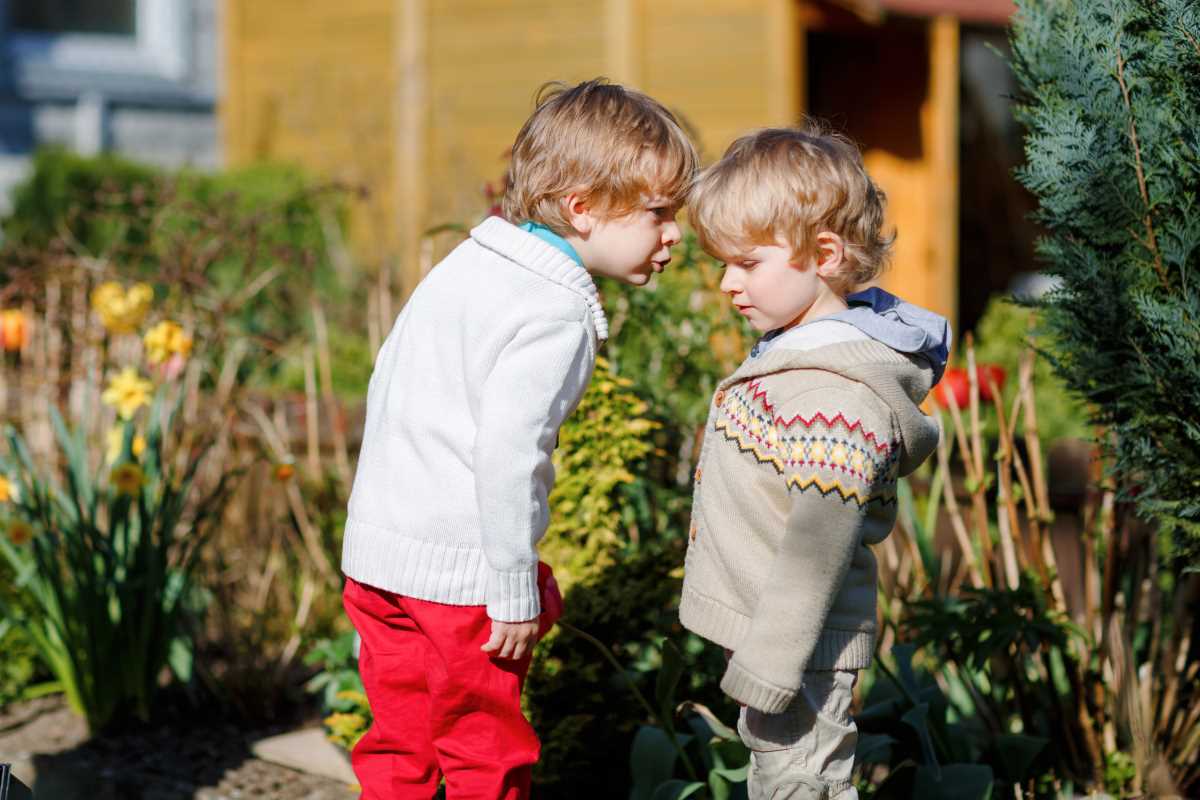Big life changes can be tough for anyone, but they often feel especially overwhelming for kids. Whether you’re moving to a new home, switching schools, or navigating another major transition, these changes can bring uncertainty and big emotions. Children rely on consistency and familiarity, so when their routine shifts, it’s normal for them to feel anxious, sad, or even resistant to the change.
The good news? With patience, communication, and some thoughtful strategies, you can help your child adjust to transitions and develop resilience for future challenges. This guide offers practical advice to support your child emotionally and practically as they adapt to life's big changes.
Be Honest and Open About the Change
Kids often pick up on stress or changes happening around them, even if you haven’t told them directly. Honesty is the best approach when you’re preparing your child for a big transition. Sharing the details early gives them time to process what’s happening and ask questions.
Tips for Talking About Transition:
- Use age-appropriate language: Tailor your explanation to your child’s level of understanding. Younger children may need simpler explanations, while older kids and teens will appreciate more details.
- Include the positives: Highlight exciting aspects of the change, like a new room, a nearby park, or the opportunity to make new friends.
- Answer their questions: Be patient as they ask questions, even if they repeat the same ones multiple times. Their curiosity helps them process the situation.
- Acknowledge their feelings: Assure them it’s okay to feel upset, nervous, or even angry about the change. Recognizing their emotions helps them feel heard.
Honest and open communication sets the tone for trust and reassurance during uncertain times.
Keep Routines as Consistent as Possible
When major changes happen, keeping some routines steady can give kids a sense of security. Familiar habits act as an anchor, reminding them that not everything in their world is changing.
Ways to Maintain Routine:
- Stick to regular bedtimes and mealtimes whenever possible.
- Bring familiar objects along, like their favorite blanket, stuffed animal, or bedtime book.
- Continue beloved family rituals, like Friday movie nights or weekend pancake breakfasts, even in a new environment.
Consistency in small areas can make a big difference in helping your child feel safe and grounded.
Get Them Involved in the Process
One way to ease your child’s transition is by involving them in decisions where possible. Giving them a sense of control can reduce feelings of helplessness and make the change feel more exciting.
How to Include Your Child:
- If you’re moving: Ask them to help pick paint colors for their new bedroom or choose a special decoration.
- For a new school: If possible, tour the campus together beforehand and involve them in picking school supplies or clothes.
- For a schedule change: Sit down as a family to discuss how the new routine will work and ask for their input on how to make mornings or evenings smoother.
Even small choices can help your child feel empowered and more confident about the transition.
Validate Their Feelings
Whether your child is excited, nervous, or upset, it’s important to validate their emotions. Avoid dismissing or minimizing how they feel, even if their reaction seems out of proportion to you.
How to Show Empathy:
- Listen to their concerns: Give them space to talk without trying to “fix” everything right away.
- Reflect their feelings: Say things like, “I understand why leaving your best friend feels so hard” or “It’s okay to feel nervous about starting somewhere new.”
- Reassure them it’s normal: Remind them that big changes can be tough and that their feelings are natural.
By recognizing their emotions, you help your child feel understood and supported.
Visit and Explore Together
If your family is moving to a new home, neighborhood, or school, take time to explore the new environment together before the big day when possible. Familiarizing your child with their new surroundings can reduce anxiety and make them feel more at home.
Ideas for Exploring:
- Take a walk or drive around the new neighborhood. Point out fun spots like parks, ice cream shops, or playgrounds.
- If they’re starting a new school, visit ahead of time to see the classrooms, meet teachers, or check out the library.
- Practice navigating new routines, like walking to the bus stop or grocery shopping nearby.
These small steps help build excitement and make the transition feel less intimidating.
Encourage Them to Stay Connected
Leaving behind friends, teachers, or familiar faces can be one of the hardest parts of major transitions. Help your child maintain connections to ease their emotional adjustment.
Ways to Stay Connected:
- Schedule video calls or phone chats with old friends.
- Help them write letters or draw pictures to send to people they care about.
- For teens, encourage them to text or connect with friends on social media.
- Plan a visit to your old neighborhood if it’s close enough for a trip.
Knowing they don’t have to lose touch completely can make your child feel less isolated and more optimistic about the change.
Focus on the Positive
Transitions can feel like a loss when kids are leaving behind things they love. Shifting focus to the new opportunities ahead helps them see the brighter side of the change.
How to Stay Positive:
- Create a list of things to look forward to, like possible new friends, activities, or adventures.
- Celebrate milestones and successes during the transition, like unpacking their room or meeting a new classmate.
- Share your own excitement about the change to set an example. For instance, say, “I’m excited to explore new hiking trails in our area!”
While acknowledging challenges, reframing the situation in a positive light can help build their confidence.
Be Patient With the Adjustment
Adjusting to a major life transition takes time, and every child will process it differently. Some kids may adapt quickly, while others take weeks or months to feel comfortable again.
What to Expect:
- Younger kids might cling more, act out, or regress temporarily (e.g., needing help with bedtimes or daily tasks).
- Older kids or teens may express frustration, withdraw, or have mood swings as they adjust.
- Milestones like the first day at a new school or visiting your new home for the first time may spark emotional reactions, both positive and negative.
Offer patience, understanding, and extra support during this adjustment phase.
Offer Support and Reassurance
Your presence and encouragement are the most important things you can offer your child during big transitions. Demonstrating reliability and care helps them feel secure, no matter the changes happening around them.
How to Show Support:
- Check in often by asking open-ended questions like, “How are you feeling about everything?”
- Celebrate their bravery and resilience with small rewards or words of encouragement.
- Stay involved and attentive to their needs, even as you manage your own stress during the transition.
- Seek additional help if needed. A therapist or counselor can provide extra support for kids struggling with the change.
Children thrive when they know their parents are in their corner, especially during challenging times.
 (Image via
(Image via





